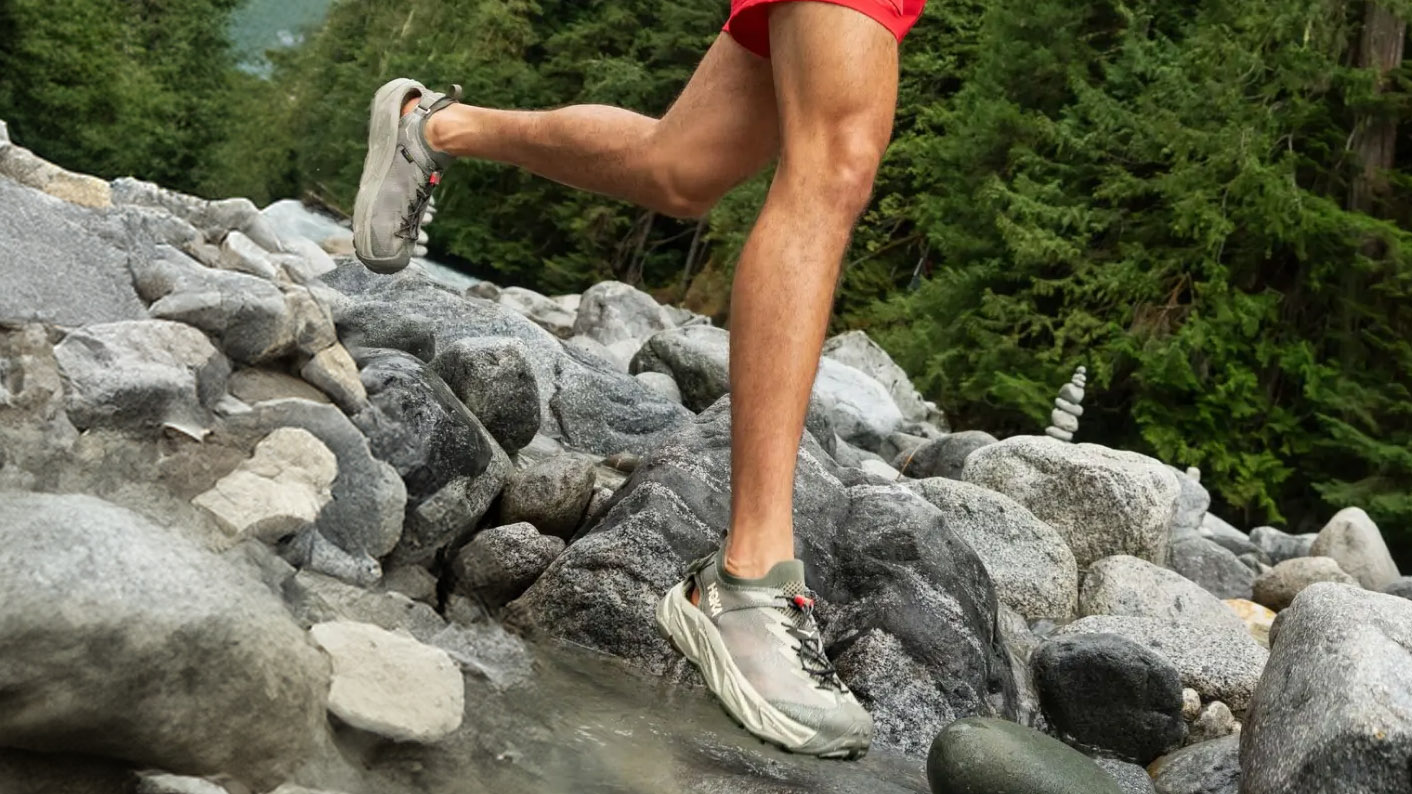
You don’t have to have ventured very far on the trails in recent years to have noticed a seismic shift in trail running shoes. Whether you’re spectating at an ultra marathon or riding the city bus, it’s impossible not to notice the oversized soles going on on the feet of almost everyone from novice joggers to elite runners.
Call it a pendulum swing from the minimalist craze of barefoot running shoes in the early 2010s if you want to, but we all know that the main driver behind this shift is probably a single brand: Hoka. The running shoe (and now hiking boot) brand materialized in 2010 with the release of the Hoka One One Mafate trail running shoe that featured a thick midsole and rocker geometry.
The Mafate probably looked a little out of place next to other popular trail running shoes that year, like the Brooks Cascadia 15, Merrell CTR Cruise and Salomon XT Wings, but those that were scoffing at its plush sole back then had no idea what they were in for.
Over the next decade, Hoka’s shoes got even bigger and bouncier and by 2020 the brand was considered mainstream. In the last two years, its shoes have been on the feet of some of the world’s best trail runners as they’ve set records in toughest races – Jim Walmsley in last year’s UTMB and this year’s Western States 100, Ludovic Pommeret in the Hard Rock 100 in 2024 and Vincent Bouillard, winner of this year’s UTMB, who all blew us away with their performances in prototypes of the Hoka Tecton X 3.
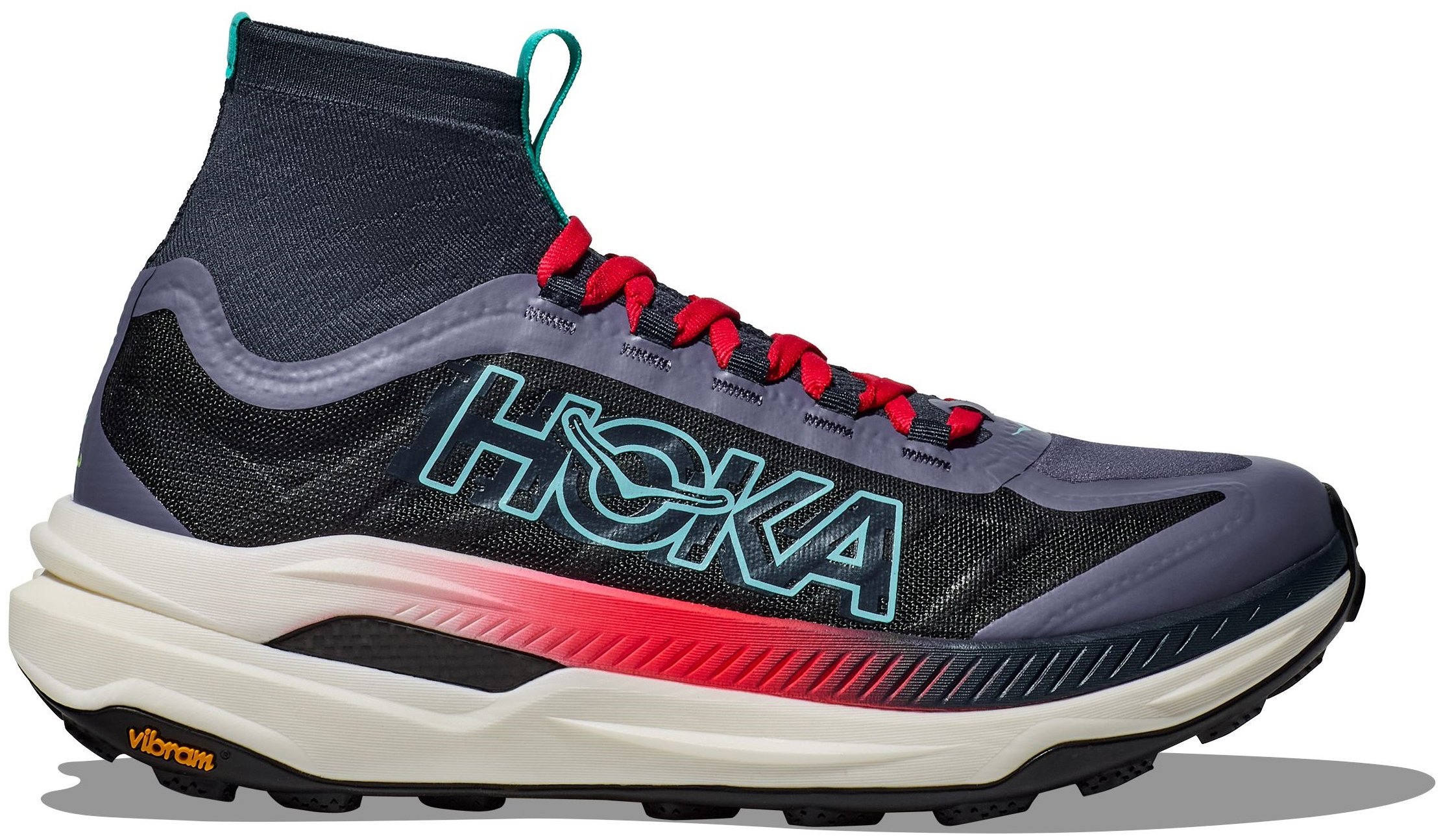
Not only is Hoka not going anywhere, but it seems it's only just finding its stride, so we decided to find out a little more about where this brand came from, and what makes it unique.
1. It’s pronounced “Hoka oh-nay oh-ney”
These days, everyone just refers to the brand as Hoka, but the official company name is Hoka One One and that’s not a mysterious numerical reference AKA Splits59.
Pronounced “Hoka oh-nay oh-ney,” the name is a Maori phrase meaning “to fly over the earth” and the original Mafates were designed with downhill speed in mind.
Now in its fourth edition, the Mafate might not let you defy gravity exactly, but it is built for race day on the trails with aggressive 5mm lugs and superlight foam midsoles for superior responsiveness.
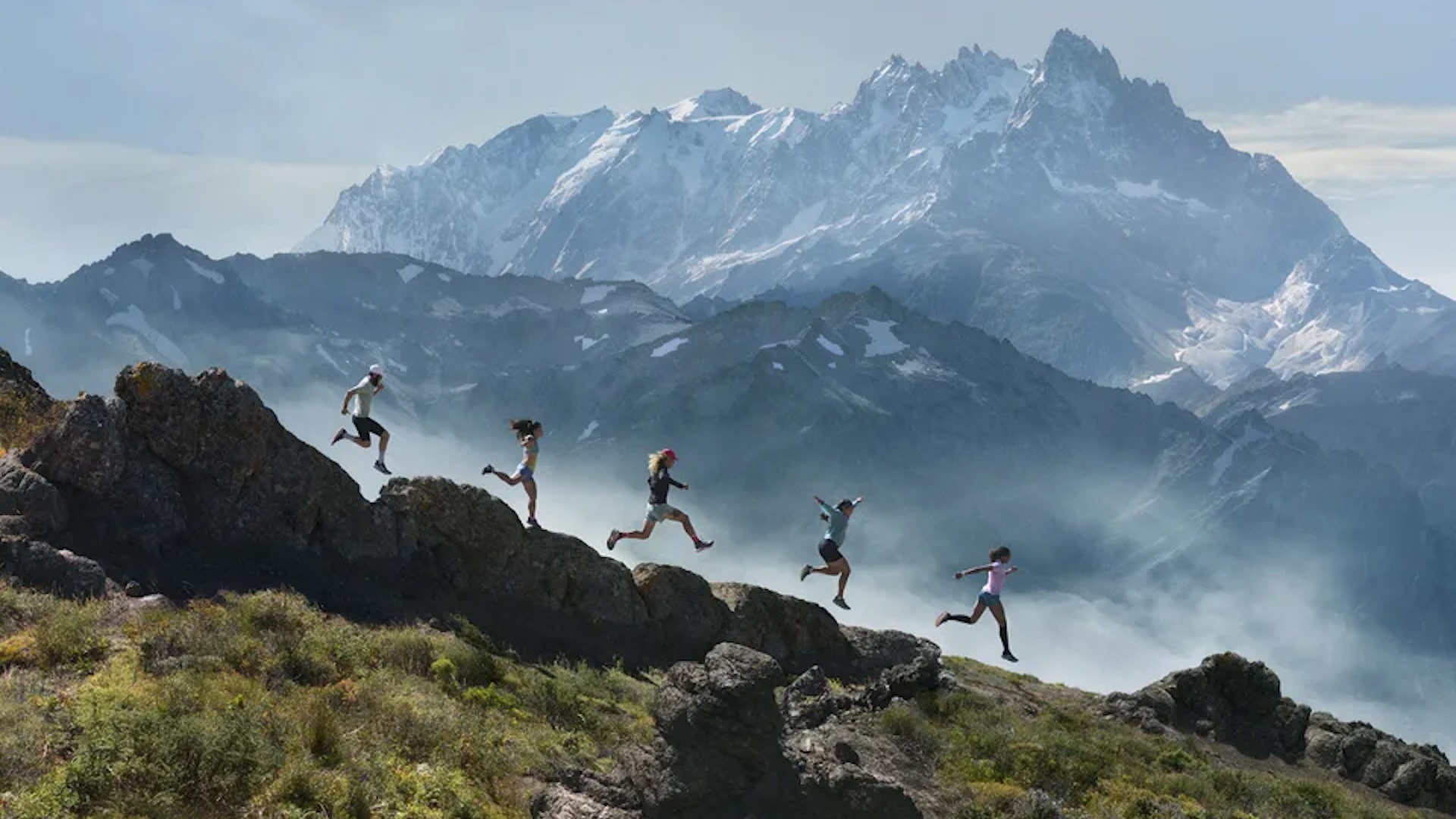
2. It was forged in the Alps
Between being on the feet of Walmsley in 2023 as he set the fastest time ever in the UTMB 100-mile race around Mont Blanc and becoming the title sponsor of that iconic event in 2024, it’s no surprise that Hoka shoes seem to feel most at home in the Alps since that’s where the brand was born.
Hoka was formed in the town of Annecy, France, directly west of Chamonix where the legendary trail race starts and finishes, and the area is said to have made an excellent training ground for one of Hoka’s engineers, Vincent Bouillard, to test out the shoes and train for his stunning UTMB victory this year.
It didn’t take long for the company to be snapped up, however – in 2013, Hoka was purchased by Deckers Brands, which also owns Teva, of hiking sandal renown, and UGGs. Today, Hoka is headquartered in southern California, where it’s always trail running season.
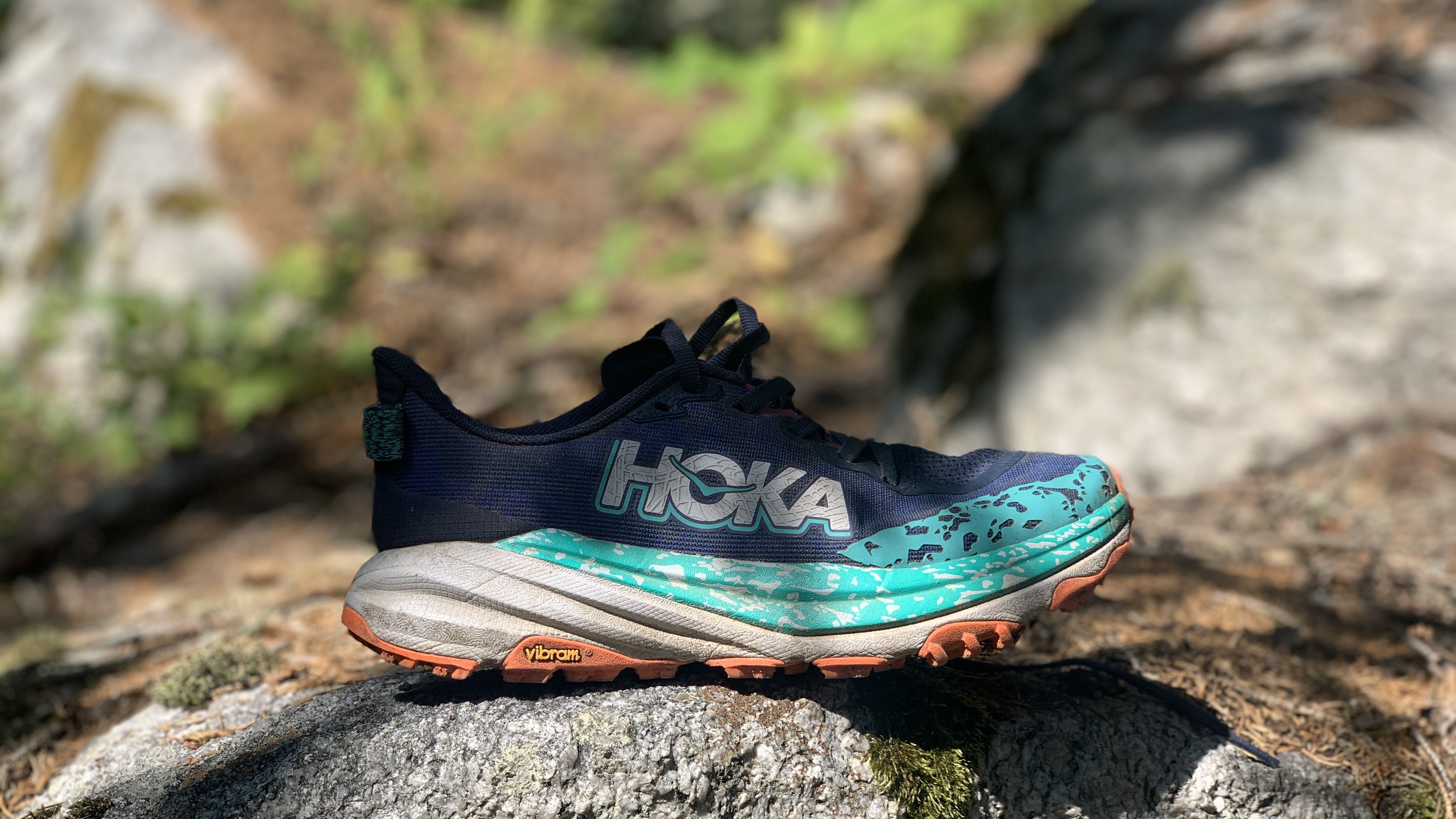
3. It was founded by two former Salomon employees
Speaking of the brand’s origins, Hoka was started up by two former employees of another huge French trail running shoe brand based in Annecy, Salomon. Nicolas Mermoud and Jean-Luc Diard both grew up in the French Alps and ended up working together at Salomon where they no doubt honed some serious skills in building tough trail footwear – even if the midsoles weren’t quite so plush.
They explain in a blog that the idea for Hoka wasn’t a reaction to minimalist footwear because it came to them long before the minimalist footwear trend really took off.
“We were working from France and Italy, largely unaware of the movement in the USA. We envisioned an oversized shoe that would stand out–offering protection, cushioning, and bounce in a lightweight design,” says Mermoud.
Now their shoes go toe-to-toe with those of their former employer at the trail running world’s biggest races, as it seems that for every podium finish in a pair of Tecton X 3s is another one in the Salomon S/Lab Genesis, celebrated by runners like Courtney Dauwalter.
4. Not all Hoka shoes look like trampolines
We’ve all got that one tall friend (looking at you, Pat Kinsella) who says they can’t wear Hokas because they'd end up hitting their head off the tree branches over the trail, but not all Hoka shoes are built like trampolines.
If you’re curious about their shoes, which are known for excellent stability, but nervous about the vertigo-inducing effects of models like the Bondi 8 which has a frankly outrageous 40 mm stack, check out the Hoka Solimar for a great all-rounder shoe or the lightweight Zinal 2, both with a more modest 30 mm stack.
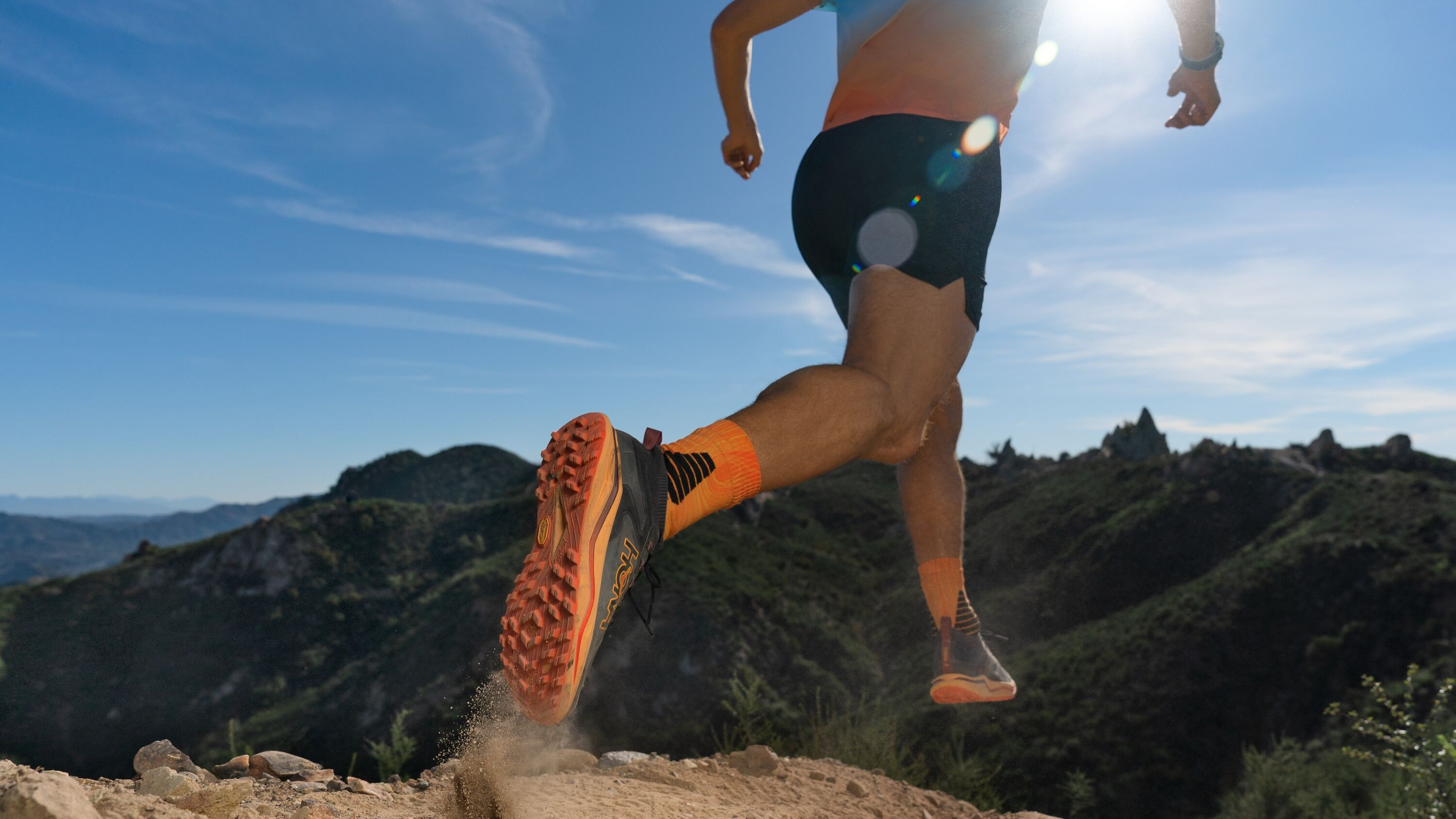
5. It’s the fastest-growing running brand in the world
If it seems like Hoka is everywhere these days (literally, from the backcountry to the high street), that’s because it is. According to a 2020 article in Forbes, Hoka is the fastest-growing running brand in the world. At the time that article was published, the US running industry had seen a COVID-induced slump in athletic footwear sales to the tune of 65 percent, while Hoka saw a whopping 58 percent increase.
Fast forward to May of this year and things don’t show much sign of slowing down, as Outdoor Retailer reports, the brand’s sales grew 27.9 percent for the year and lots of new styles have launched in the last few months alone, including the Speedgoat 6 for trail running and the Kaha 2 Frost for hiking on winter trails.







